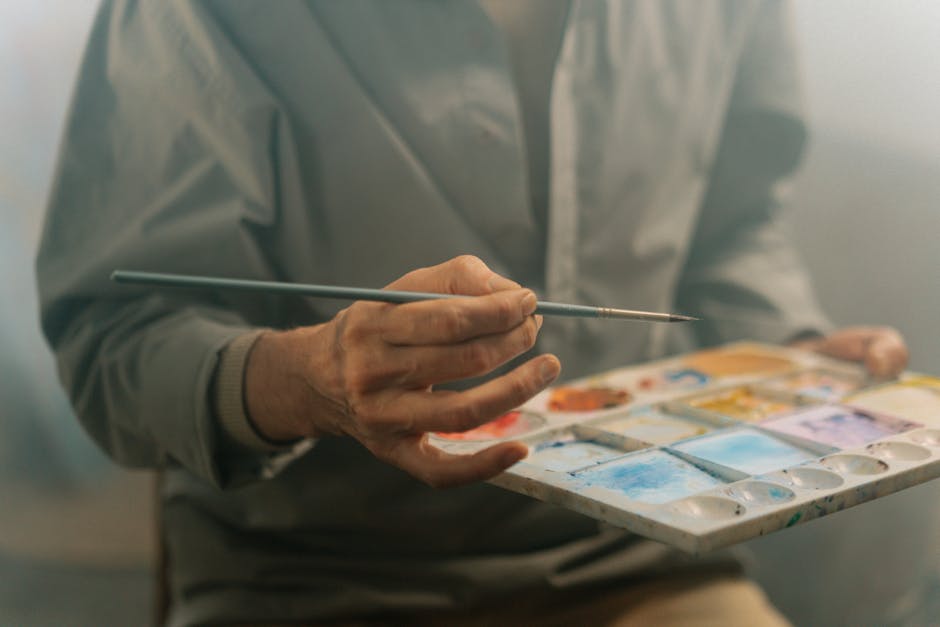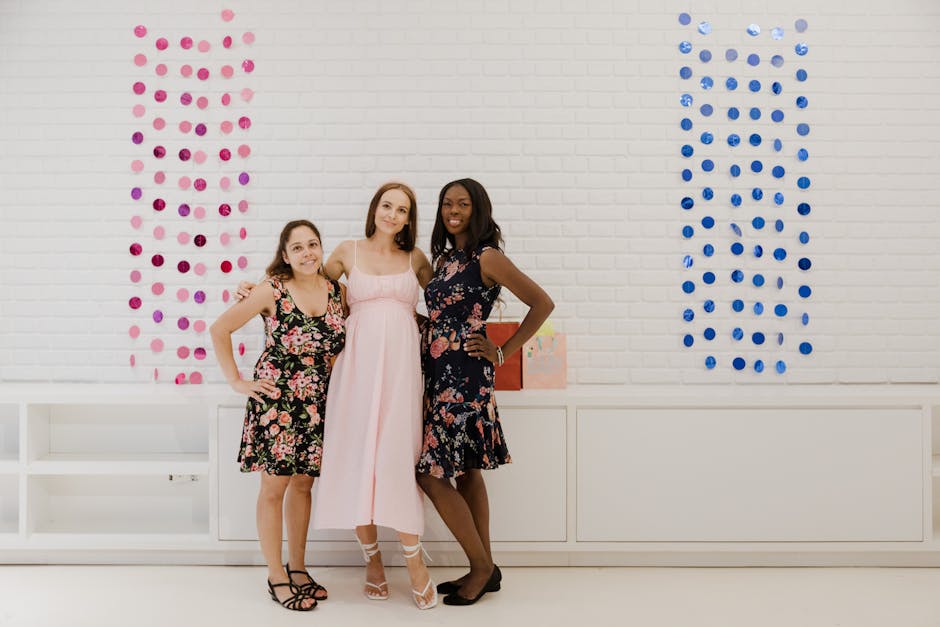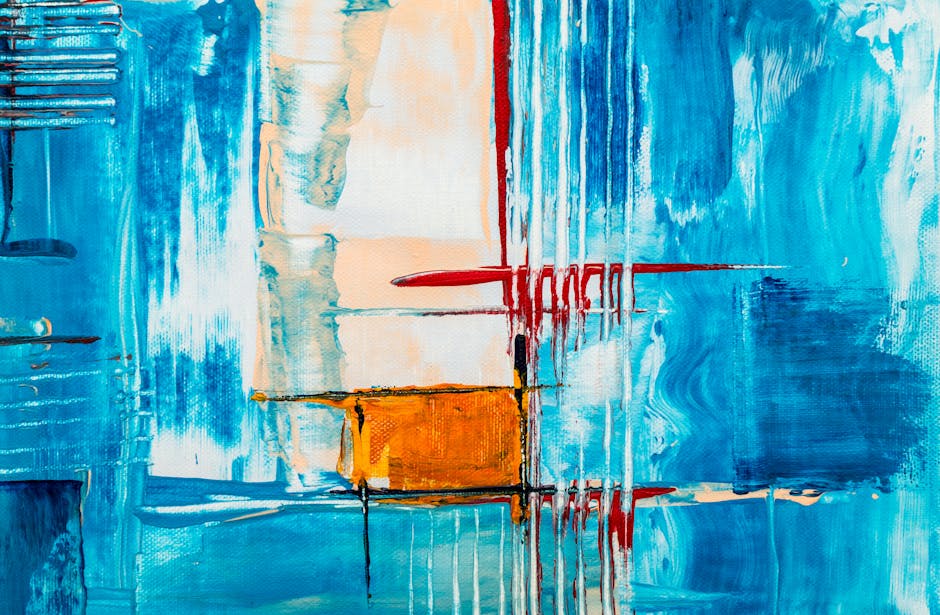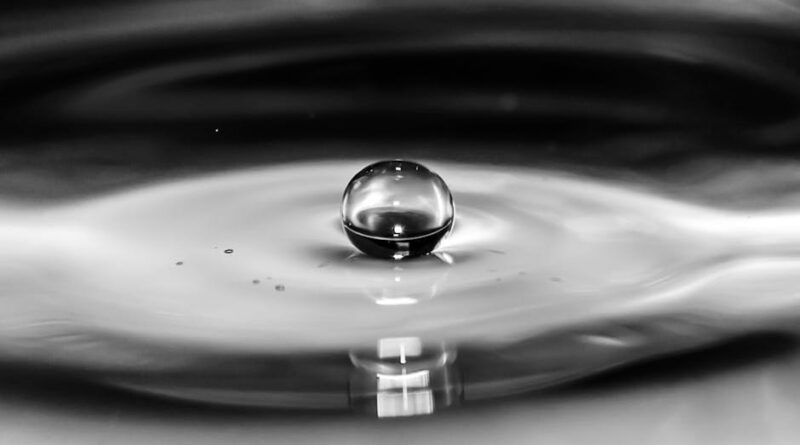Techniques for Creating Dynamic Composition
Have you ever looked at a painting or a photograph and felt instantly drawn in? that’s the magic of dynamic composition. It makes art feel alive and engaging. But how do artists and photographers create this feeling? Lets explore some techniques that can help you create dynamic compositions in your own work.
What is Dynamic Composition?

Dynamic composition refers to the arrangement of elements in a way that captures attention and creates movement. it’s like telling a story with your visuals. Instead of a flat, boring image, dynamic composition adds excitement and depth.
To put it simply, think of a rollercoaster. It has twists, turns, and drops that keep you on the edge of your seat. A dynamic composition does the same for the viewers eye!
Why is Composition Important?

Good composition can make or break a piece of art or a photograph. It guides the viewers eye and helps convey your message. Studies show that images with strong composition can increase viewer engagement by up to 80%. that’s a significant difference!
Strong composition can:
- Draw attention to the focal point.
- Create a sense of movement and energy.
- Enhance emotional impact.
What Are the Key Techniques for Dynamic Composition?

Now, lets dive into some practical techniques you can use to create dynamic compositions.
1. Rule of Thirds: What is It?

The rule of thirds is a basic guideline that can significantly improve your composition. Imagine dividing your image into nine equal parts with two horizontal lines and two vertical lines. The idea is to place your main subject along these lines or at their intersections.
For example, picture a sunset. If you place the horizon along the bottom third line, your sky takes up more space and captures viewer interest. This technique helps balance your image while keeping it dynamic.
2. Leading Lines: How Do They Work?
Leading lines are lines within your scene that guide the viewers eye to the focal point. These can be roads, rivers, or even the edges of buildings. They create a path for the viewer to follow.
For instance, think of a winding road leading to a mountain. The road pulls you into the image, making you want to explore further. This technique adds depth and perspective, making your composition more engaging.
3. Framing: what’s the Idea?
Framing involves using elements in your scene to create a frame around your subject. This could be an archway, tree branches, or even a window. Framing helps focus attention and adds context.
For example, if you’re photographing a person standing under a tree, use the branches to frame their face. This draws the viewers eye directly to the subject, enhancing the composition.
4. Depth of Field: Why Is It Useful?
Depth of field refers to how much of your image is in focus. A shallow depth of field blurs the background, making your subject stand out. This technique can add a dynamic quality to your composition.
Think of a close-up shot of a flower with a blurred background. The flower becomes the hero of the image, capturing all the attention. This method can create a more intimate connection with viewers.
5. Contrast: How Does It Impact Composition?
Contrast highlights differences in colors, tones, or shapes. It can create visual interest and emphasize important elements in your composition. High contrast can make a scene feel more dramatic, while low contrast can evoke calmness.
For instance, a bright red apple on a white table creates strong contrast. The apple pops out, making it the center of attention. Use contrast to direct your viewers focus and add energy to your work.
6. Balance: What Should You Consider?
Balance is about distributing visual weight in your composition. A well-balanced image feels stable and complete, while an unbalanced one can create tension or discomfort.
There are two types of balance: symmetrical and asymmetrical. Symmetrical balance is when both sides of your image are equal. Asymmetrical balance is more dynamic, as it uses different elements to create harmony without being identical.
For example, if you have a large tree on one side of your image, you could balance it with a smaller object, like a bench, on the opposite side. This creates an engaging composition while maintaining balance.
7. Color: How Can It Enhance Your Composition?
Color plays a vital role in composition. Different colors evoke different emotions and can draw the viewer’s attention. Bright colors often stand out, while muted tones can create a calming effect.
Consider using complementary colorscolors opposite each other on the color wheel. They create contrast and can make your composition pop. For example, a blue sky with yellow flowers creates a vibrant scene that captures attention.
8. Movement: How Can You Capture It?
Movement in composition can be achieved through various techniques. You can use diagonal lines, curves, or even the positioning of subjects to suggest action. This creates a sense of life and energy in your work.
For instance, a dancer captured mid-leap conveys movement. The angled position creates a dynamic feel, making the viewer feel as if they’re in the moment.
How Can You Practice Dynamic Composition?
Now that you know the techniques, how can you practice them? Here are a few ideas:
- Take a walk with your camera and focus on applying the rule of thirds.
- Experiment with framing by finding natural frames in your surroundings.
- Try shooting the same subject in different lighting to see how contrast affects the mood.
Remember, practice makes perfect! The more you work on these techniques, the more intuitive they will become.
What Do Experts Say About Composition?
Many professional photographers emphasize the importance of composition. Renowned photographer Ansel Adams once said, “You don’t take a photograph, you make it.” This highlights the need to thoughtfully arrange your elements for the most impact.
Listen to feedback from others as you practice. it’s a great way to learn and improve your skills over time.
Common Misconceptions About Composition
Many people believe that dynamic composition is only for professional artists. This is far from the truth! Anyone can learn and apply these techniques, regardless of skill level.
Another misconception is that rules must be followed strictly. While guidelines like the rule of thirds are helpful, creativity thrives on experimentation. don’t be afraid to break the rules when it feels right!
What Are Your Next Steps?
Creating dynamic compositions is an exciting journey. Start by applying the techniques we discussed. Experiment, play, and don’t be afraid to make mistakes. Each piece you create is a step toward mastering your craft.
To further enhance your skills, consider visiting sites like National Geographics photography tips. They offer valuable insights and techniques from experts.
Finally, share your work and seek feedback. Engaging with other artists can provide fresh perspectives and inspiration. Happy creating!

